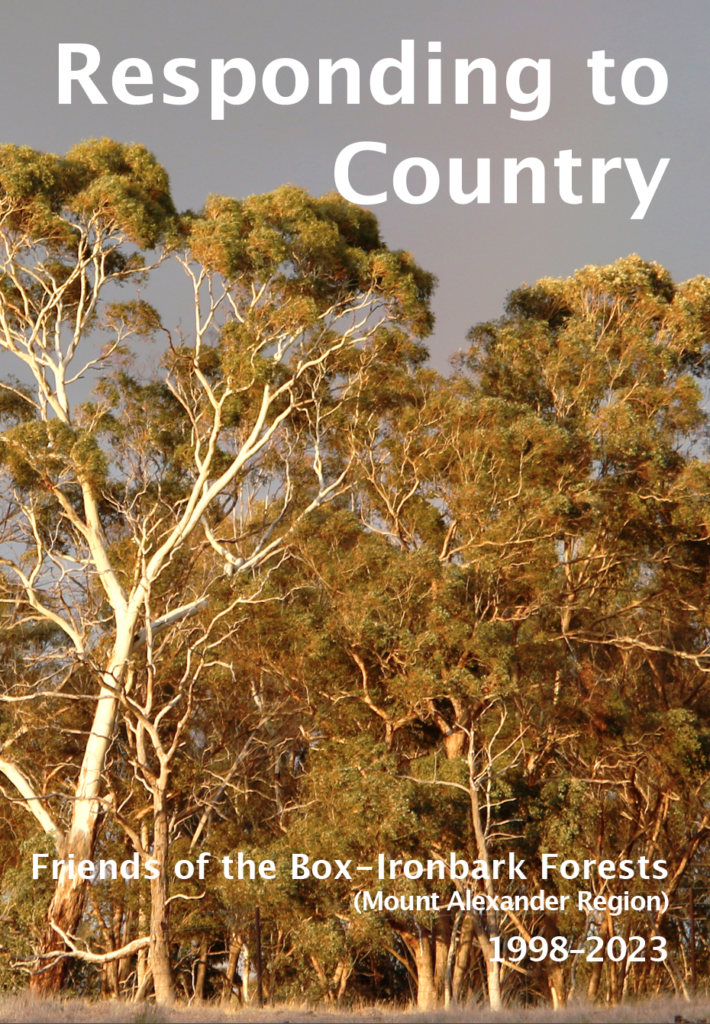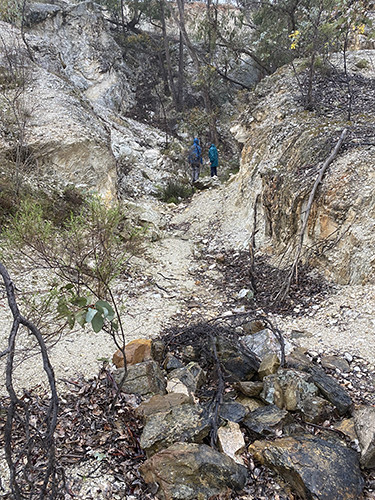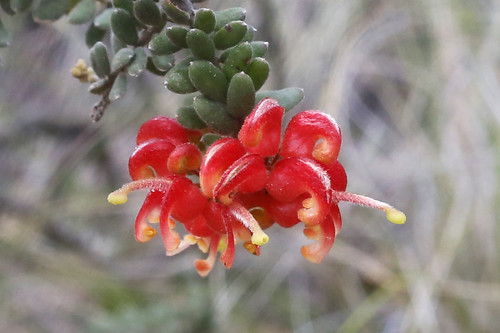How do management burns change our bushlands? This isn’t an easy question to answer, given the lack of information on ‘before and after’ monitoring.
The informal Muckleford Forest Friends Group is confronting this problem by organising a day in an area designated for burning, to record its values. FOBIF members are urged to rock up—just make sure you RSVP beforehand to the address below. Here are the details:
“Come along and help map some key natural values in a section of the forest proposed for a ‘prescribed burn’ in autumn 2014. By getting to know the forest and documenting its values, we can really engage with DSE as they plan the burns, helping make sure the most valuable areas are not damaged.
“We’ll look at an area of around 180 hectares in the Maldon Historic Area just north of the Gowar School: it’s on the Castlemaine-Maldon Road.
“You don’t need to be an expert – although experts are very welcome – and everyone will get a chance to try at least two of different recording methods.
“You can come for the whole day – or just the morning or the afternoon. The morning recording session will be 9am to 12 noon, lunch 12 to 1 and afternoon recording 1-4pm. We will meet at the Gowar School ruin at 9am, or at lunch time if you are just coming for the afternoon. Dress for the weather and bring your own food and water. And PLEASE let us know you are coming, and if you have field recording skills or equipment you can bring – email mucklefordffg@bigpond.com
“Our plan is to record:
- Big Trees – we’ll photograph, measure and GPS big trees – including coppiced trees with big hollows in their base – such hollows are often the only hollows available for a range of animals, but are very vulnerable to ‘burn out’ during prescribed burns
- Birds – we’ll record birds we see and hear under the guidance of Geoff Park
- Understorey – we’ll do a series of transects and sample the amount and diversity of understory plants to get a sense of vegetation quality
- Fuel load – we’ll use the DSE method to sample and record the amount and form of fuel
“We’ll be testing approaches that we hope can then be applied to other parts of the Muckleford Forest – and to other forest areas as well. If you have ideas for other documentation that could be done on the day, please let us know by email.”

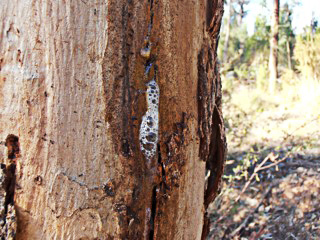
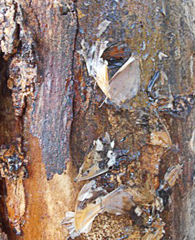
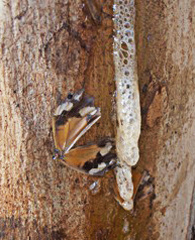
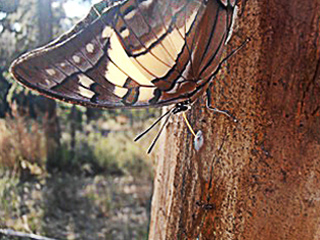
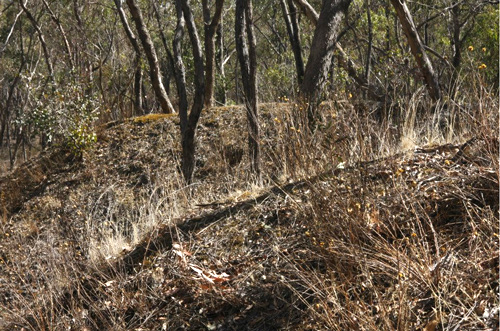
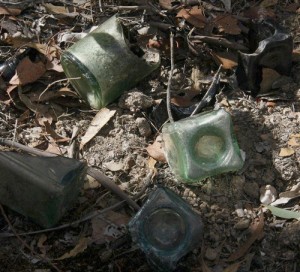
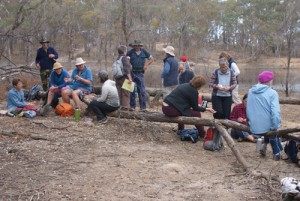
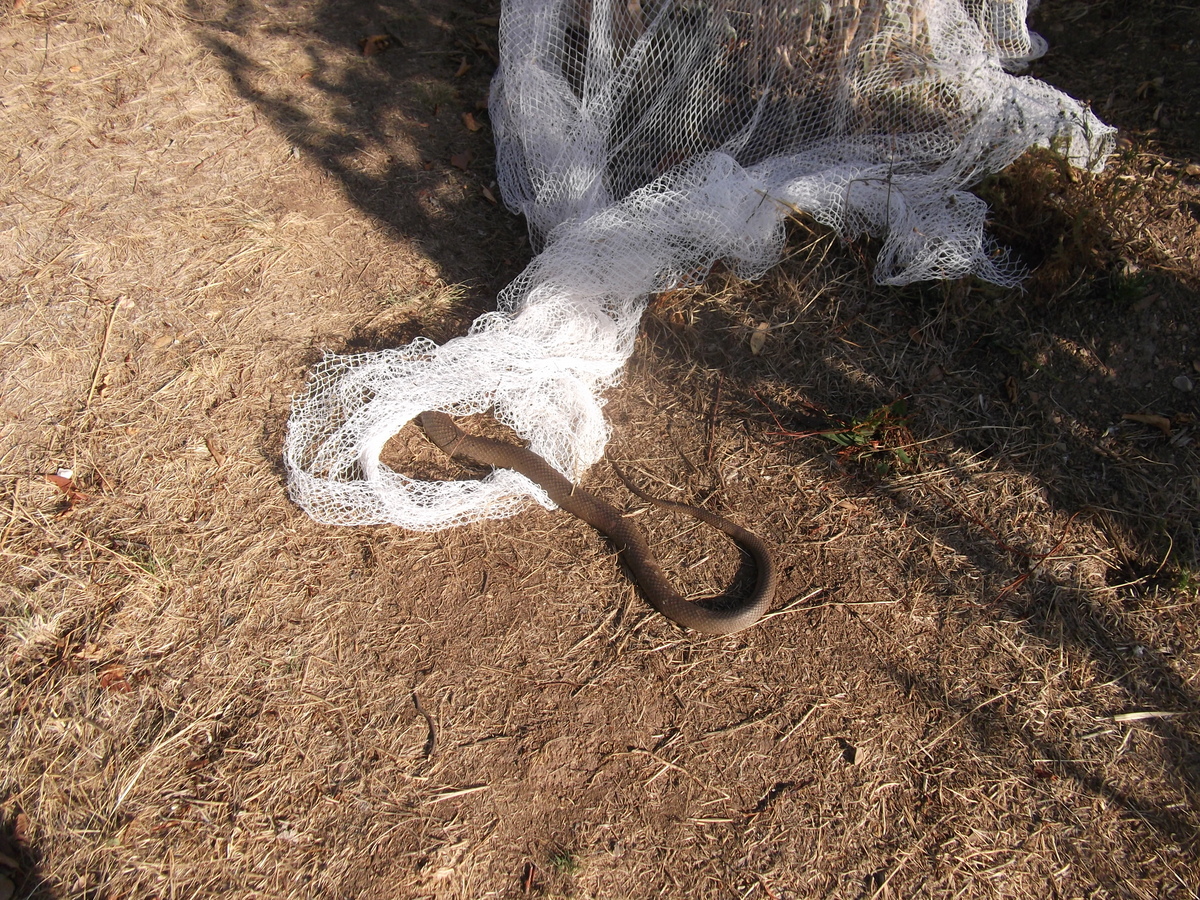
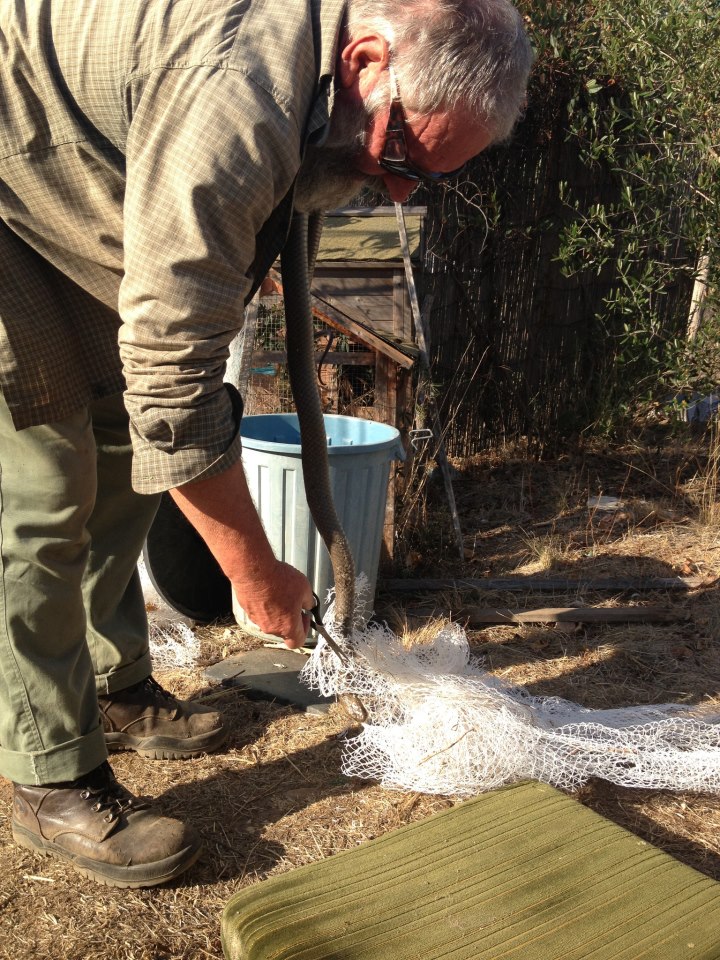
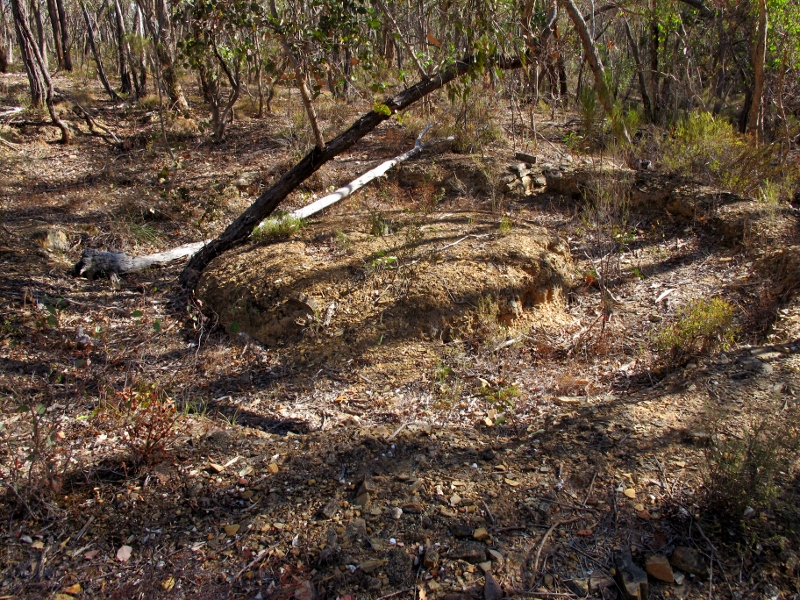
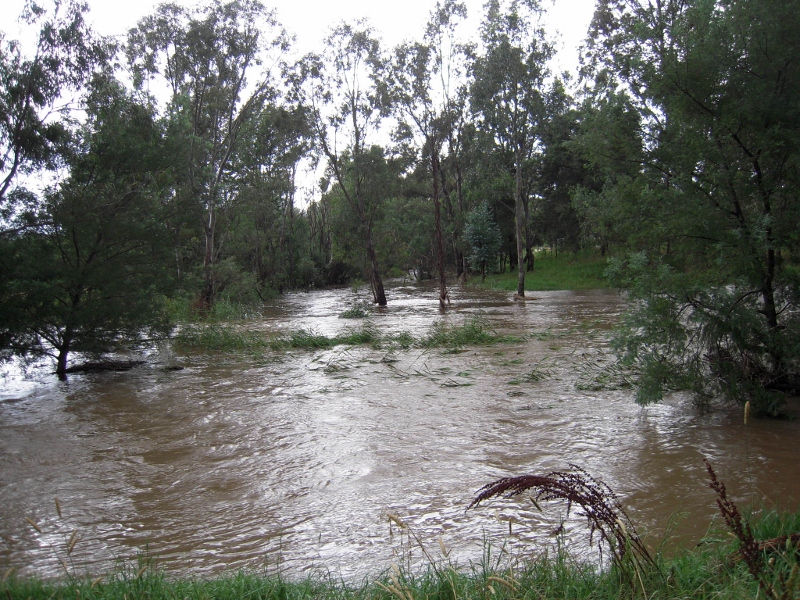
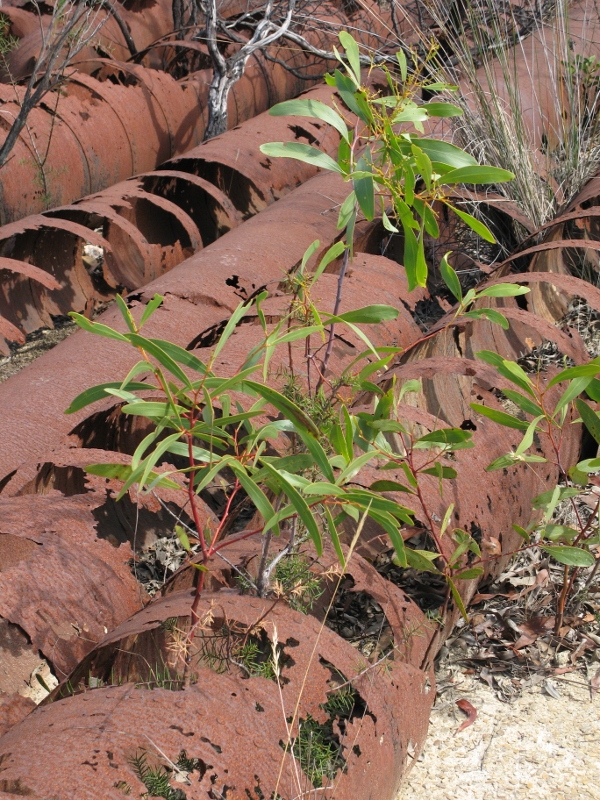
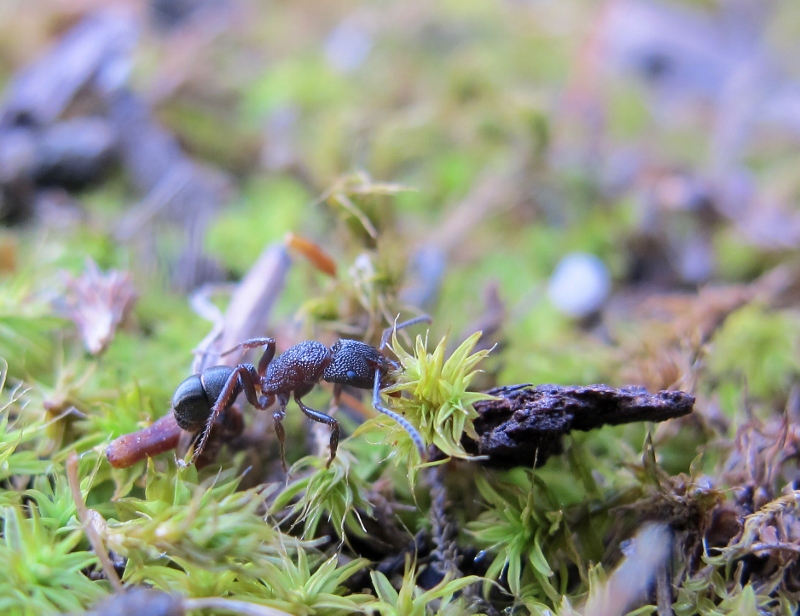
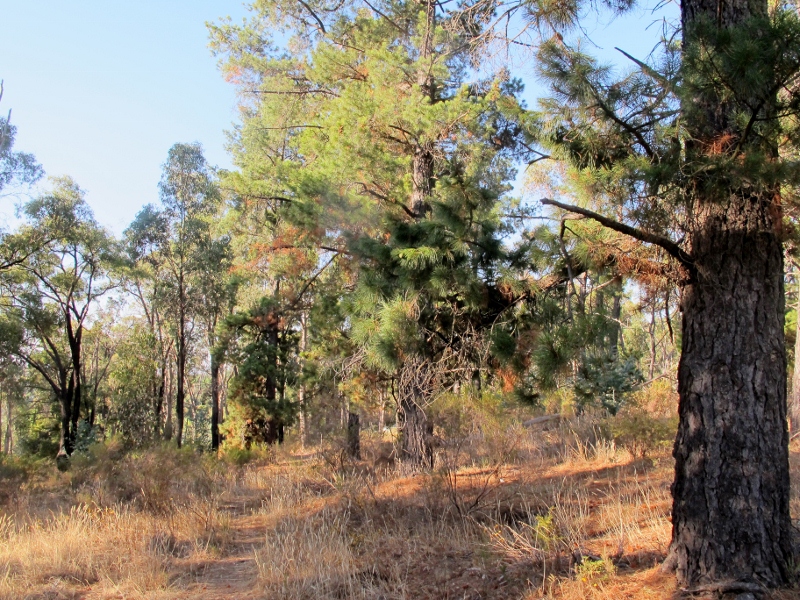


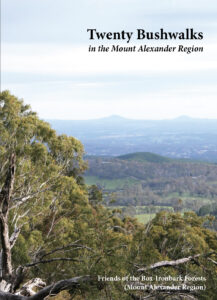
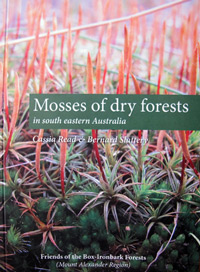 Click on image for info/order page
Click on image for info/order page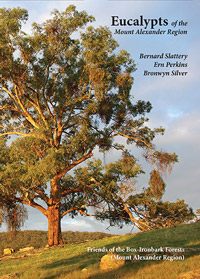 Click on image for info/order page
Click on image for info/order page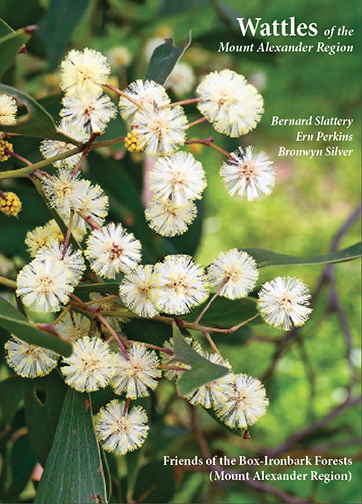 Click on image for info/order page
Click on image for info/order page
